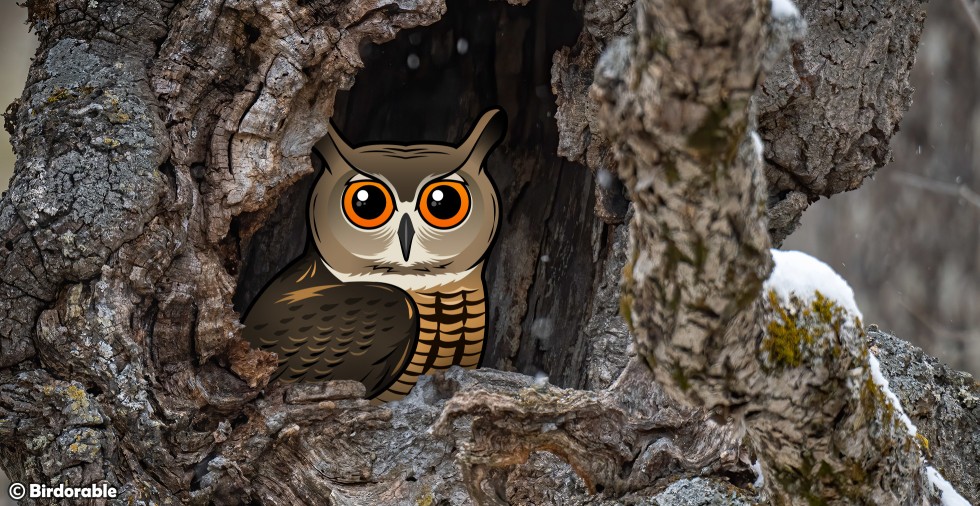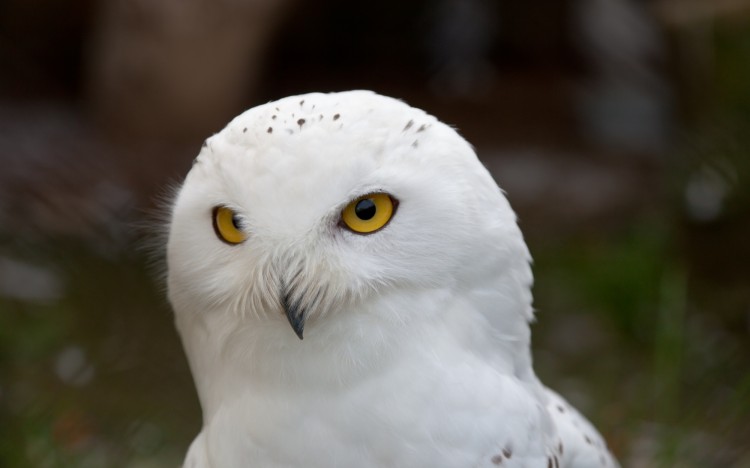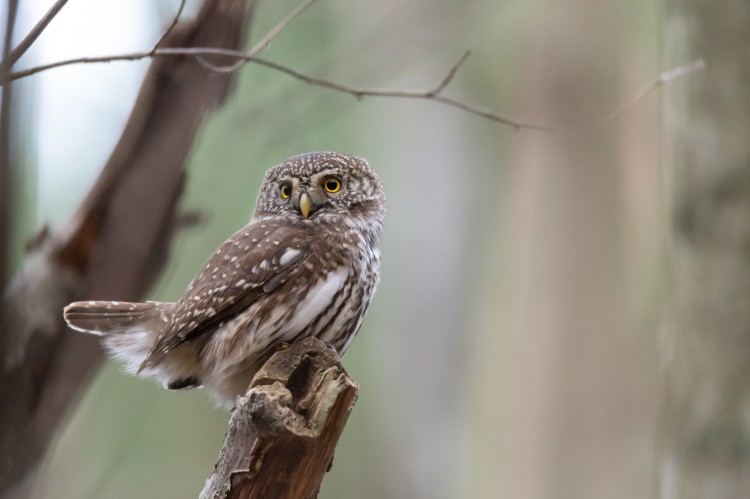Busting a Bird Myth: Can Owls Rotate Their Heads All the Way Around?

Eurasian Eagle-Owl
As part of our continuing series on bird myths, today we unravel the truth behind a familiar claim: Owls Can Turn Their Heads 360 Degrees. While this statement stretches the truth by nearly 100 degrees, the reality is no less astonishing. Owls are indeed masters of neck gymnastics, possessing the ability to rotate their heads up to an impressive 270 degrees, which is 3/4 of the way around. This incredible feat of flexibility is no party trick -- it serves a critical role in the survival and hunting strategies of these nocturnal raptors.
The myth of 360-degree neck swivels is rooted in what humans can observe in owls. One can imagine that seeing an owl look directly behind themselves without turning their body might lead someone to believe that owls can actually turn their heads all the way around. But careful observation will reveal the truth -- the bird must turn its head back the way it came to turn back forwards.
But how can owls turn their heads so far, and why do they have this adaptation? Owls have fixed eye sockets, meaning they cannot move their eyes within their skulls in order to look around, as humans and many other animals do. Instead, nature has equipped them with a highly flexible neck, allowing them to swivel their heads extensively in order to look around them. This unique adaptation enables owls to have a wide field of vision, essentially giving them the ability to observe their surroundings in almost every direction, without the need to move their entire body. This capability is crucial for spotting potential prey or identifying threats in their environment, particularly during the night, when visibility is low and owl vision excels.

Snowy Owl
The anatomical secret behind an owl's remarkable head rotation lies in the owl's neck bones. Unlike humans, who have seven cervical vertebrae, owls are endowed with 14, providing the additional flexibility to turn the neck so far around. Moreover, owl neck arteries have special adaptations to prevent blood flow from being cut off or causing damage during extreme rotations. This includes a system of blood vessels that ensures continuous blood supply to the brain and eyes when the main pathways are pinched during rotation.
This 270-degree rotational ability enhances the owl's silent hunting prowess. By minimizing movement, owls can stealthily observe and target their prey, maintaining an element of surprise. Their silent flight, combined with this panoramic vision, makes them formidable predators of the night, capable of detecting and swooping down on unsuspecting prey with remarkable precision.
Understanding the truth behind the owl's head rotation demystifies one of the many fascinating adaptations in the avian world, highlighting the complexity and beauty of nature's designs. It's a great example of the evolutionary marvels that allow birds, like the owl, to thrive in their specific niches, perfectly adapted to their ways of life.

Eurasian Pygmy Owl

















Comments
Leave a comment
Thank you!